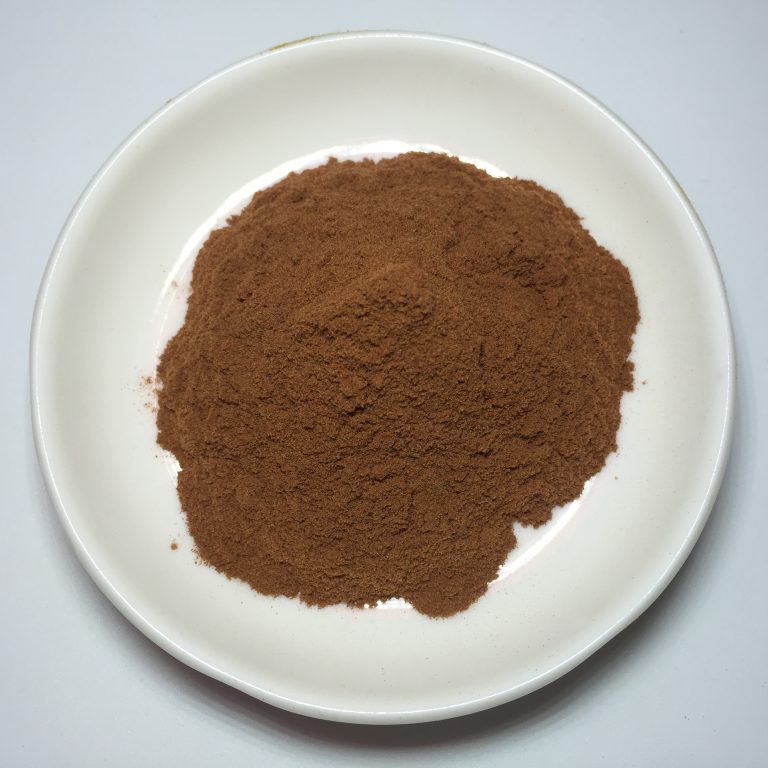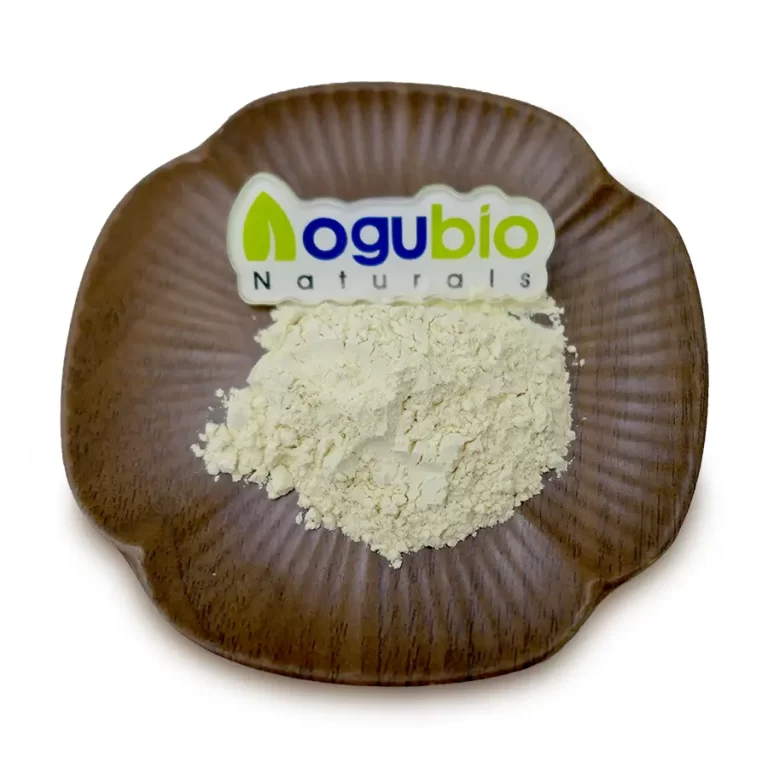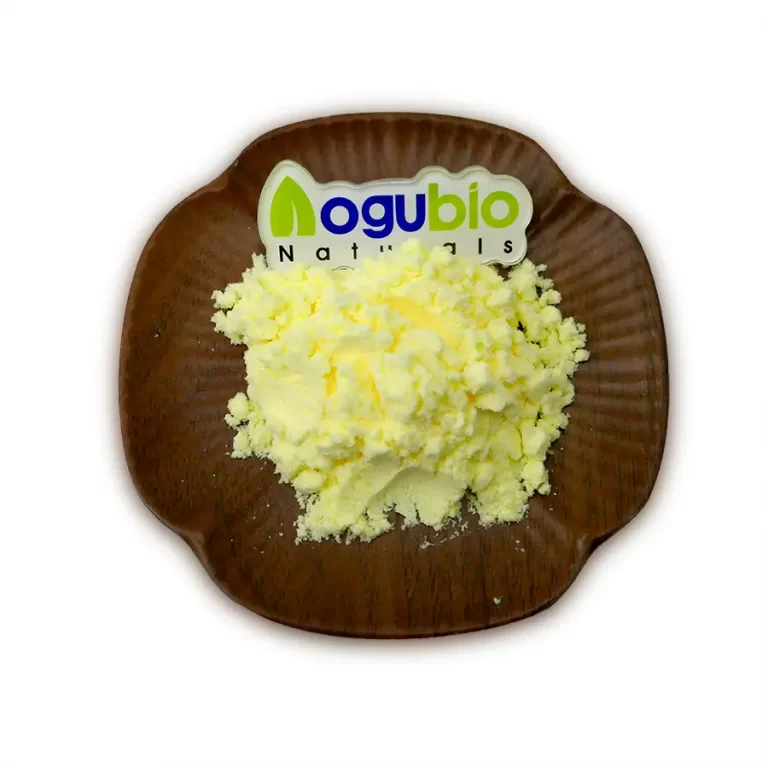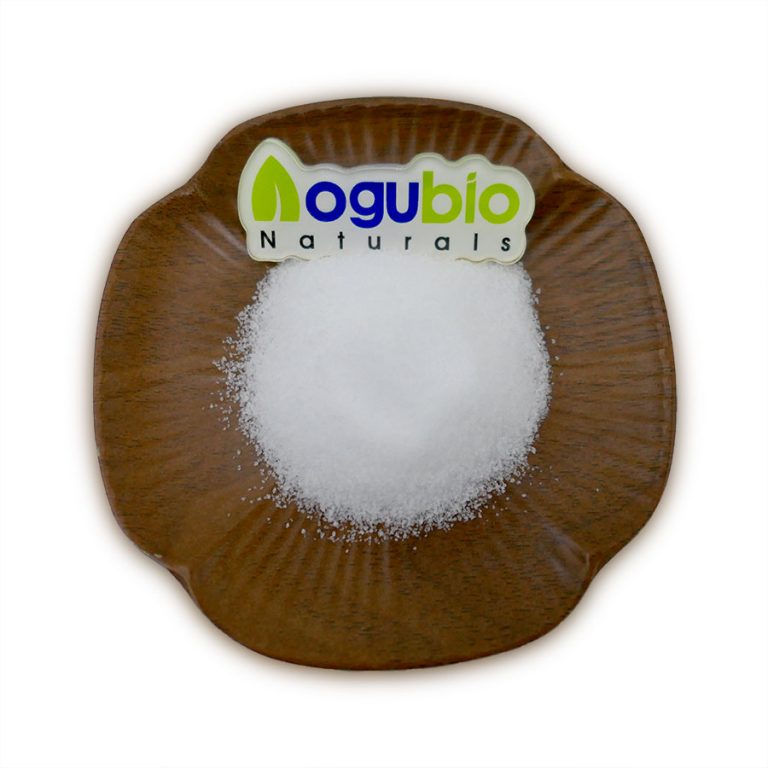What is Pine Pollen?
There are close to 175 species in the genus Pinus and in the family Pinaceae, all of which produce pollen. Most commercial pine pollens are from the Pinus massoniana or Pinus
sylvestris species. Pines are generally monoecious, which means they have male and female cones on the same tree.
The pine tree pollen produced does not come from the female “pine cones” most people are familiar with, but from the male cone or “catkin”, a softer spiky shoot that buds every
year in early spring. This is what creates the pollen used to fertilize the growth of female pine cones.
The actual microscopic grains come in a few shapes and sizes, but typically are spherical and have a “mickey mouse-looking” shape when viewed under a microscope. The ears
of the mouse being the “wings” of the pollen used to fly long distances through the air.
Many parts of the pine tree are edible or have an herbal component. The pine needles, young shoots, resin, inner bark and of course pine nuts have all been used throughout human
history. Native American populations considered the pine tree and its abundance of food resources a sacred tree.
What is Cell-Wall Broken Pine Pollen?
Pine pollen straight from the tree is a nutritious top superfood with bioabsorbable constituents beneficial to health and immune functions. Some companies,
however, have found that broken cell-wall pine pollen is slightly more nutrient dense, providing up to 25% more digestibility. Breaking the cell-wall is achieved
by a high-speed airflow pulverization process which breaks up the cellular matter, making it more bioavailable to the body.
Pine Pollen History
The pollen was widely used by cultures throughout Asia, particularly China and Korea, for its nutritional value as well as a longevity tonic for boosting energy levels and building immune health.
Mentioned in the Chinese text Shennong’s Root and Herbal Classic, the earliest records of its medicinal use date back to the Han dynasty over 2,000 years ago.
Today it is still used in parts of China and Korea as a food product, sold boxed like a common kitchen baking ingredient to be used like flour in baked goods and confections. Asian countries
dominate the pine pollen industry and, as a result, most wild pine pollen products come from these locations.
Pine pollen’s use and popularity here in the West is a fairly recent phenomenon and is due in part to herbalist and author Stephen Harrod Buhner and his books, “The Natural Testosterone
Plan” and “Pine Pollen: Ancient Medicine for a New Millennium.” Stephen Buhner writes, “Pine pollen given its potency, its similarity to ginseng in some of its actions, and its status as, perhaps,
the premier phytoantrogen on the planet, should have been recognized long before now as the powerful medicinal that it is.”

Pine Pollen Benefits
Pine pollen benefits are well known these days in the “superfood world” as a nutritive adaptogen tonic powder collected from various pine tree species and consumed as a dietary supplement.
Containing both testosterone and DHEA, as well as naturally increasing the antioxidants glutathione and superoxide dismutase, pine pollen can be extremely helpful for boosting both endocrine and immune functions.
Pine pollen, coming from the genus Pinus, is usually wild harvested for commercial use from the Pinus sylvestris or Pinus massoniana pine tree species, both native to Asian countries withPinus sylvestris also being indigenous to Western Europe.
Pollen powder, however, can be collected from any pine tree species and is a very common seasonal occurrence found in large quantities in alpine environments.
Dusting the earth with it’s golden granules, the grains literally cover the landscape, which is often considered a nuisance to most people. The release of pollen is a natural part of the life and growth cycle of these ecosystems,
feeding the soil, plants and animals who eat pollen dusted food sources. The phytosterols in the pollen help to provide steriodal constituents useful for
encouraging the springtime reproductive energy of many wild animals.
The pollen is considerably more potent as an extract when taken for these purposes and is specifically useful for middle aged adults, between 40-50, and the hormonal fluctuations that occur as we age. Both men, as well as women, usually by the age of 50 produce significantly less testosterone, this is especially true after male andropause and female menopause.







 Imaherb China manufacturer supply Apple Extract Powder
Imaherb China manufacturer supply Apple Extract Powder Imaherb China manufacturer supply Apigenin Powder 98%
Imaherb China manufacturer supply Apigenin Powder 98% Imaherb Factory supply Alpha Lipoic Acid Powder CAS 1077-28-7
Imaherb Factory supply Alpha Lipoic Acid Powder CAS 1077-28-7 Imaherb Factory supply Alpha GPC Powder CAS 28319-77-9
Imaherb Factory supply Alpha GPC Powder CAS 28319-77-9 Imaherb Factory supply Alliin Powder 98% CAS 556-27-4
Imaherb Factory supply Alliin Powder 98% CAS 556-27-4 skype
skype Sales Manager
Sales Manager Rebekah
Rebekah Rachel
Rachel Miranda
Miranda Camilla
Camilla
 Sales Manager
Sales Manager